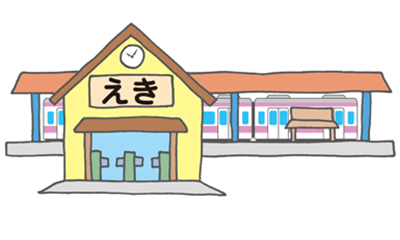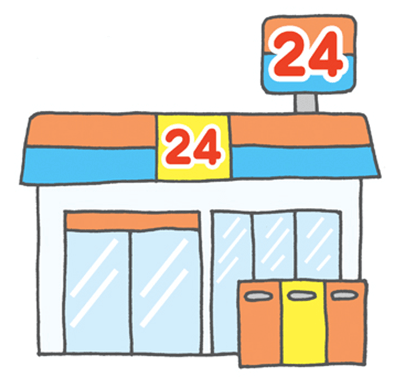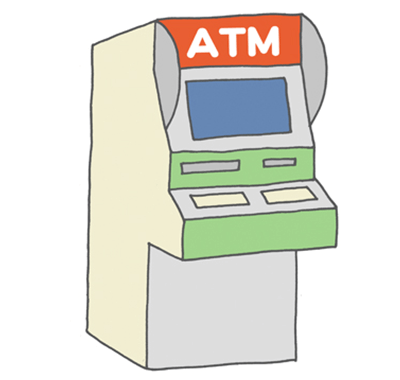Tam from Vietnam is looking for “Haru-san House,” the share house where she’ll be staying in Tokyo.





To ask for directions, say "[place] wa doko desu ka." "Wa" is a topic-marker particle that comes after a noun. It's written as "は (ha)" in Hiragana but is pronounced as "wa." Adding "desu ka" after the interrogative "doko" or "where" and raising your intonation makes a question. Particle "ka" indicating a question: "Ka" is a particle that comes at the end of a sentence. It turns a sentence into a question as in "doko desu ka".





This expresses gratitude. If you're thanking someone close to you, like a friend or a family member, you can use the short version "arigatoo."

Most syllables in Japanese are made up of one consonant and one vowel.
The Japanese accent comes from the pitch, not strong or weak sounds. Each word has a set accent pattern. Some have a flat pitch; others have a set place where the pitch goes down.